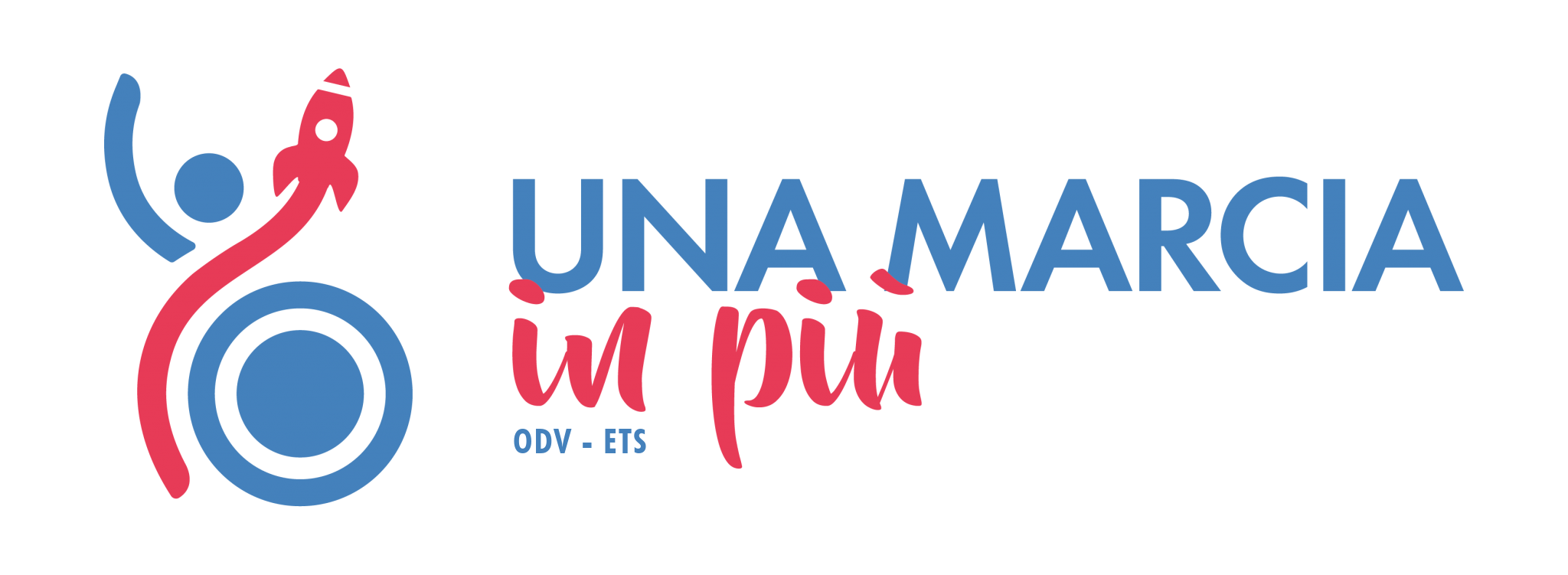With all of the different trading strategies available, how do you know if spread trading is suitable for you? A financial advisor can help you decide which investment tactics are most appropriate given your financial goals, timeline and and risk profile. Factors such as market volatility, asset liquidity, trading volume, market manipulation, and broker policies impact spreads in the financial markets.
Spread Costs and Calculations
This involves buying a put option with a higher strike price and selling a put option with a lower strike price, both with the same expiration date. The long put option provides the right to sell the asset at a higher strike price, while the short put option obligates the trader to buy the asset at a lower strike price if exercised. This wider spread shows lower liquidity, higher volatility, and greater transaction costs for traders. The bid-ask spread is crucial for high-frequency traders or market makers because their profit margins are often derived from these small differences. To optimize your spread trading experience, it’s important to choose the right broker, monitor market conditions, plan your risk management, and stay updated on trading volume. Utilizing limit orders and practicing on a demo account can also contribute to your success as a spread trader.
Example of a bid-offer spread
Fixed spreads are usually offered by brokers that operate as a market maker or “dealing desk” model while variable spreads are offered by brokers operating a “non-dealing desk” model. The type of spreads that you’ll see on a trading platform depends on the forex broker and how they make money. Once you have placed your trade and either selected buy or sell on a particular product, you will be looking for the market to move further than the price of the spread. If that outcome is achieved when you close your trade, this may result in profit by either buying your sell trade or selling your buy trade. Likewise, while the price remains between or outside of the spread range, this will most likely result in a losing trade. The spread is a crucial piece of information to be aware of when analysing trading costs.
Liquidity Spreads
The spread is the difference between the bid and ask prices of the same security or asset. The yield spread, or credit spread, refers to the difference between the rates of return that were quoted in an order book or by a market maker between two different investments. It is often used as an indicator of risk for one investment product compared to another.
Please ensure you understand how this product works and whether you can afford to take the high risk of losing money. In order to create a discount on the price of a security, so it can be matched to the present market price, the yield spread and a benchmark yield curve must be added together. This newly adjusted price is known as the option-adjusted spread and is typically used with bonds, interest rate derivatives, options and mortgage-backed securities (MBS).
How does the spread work in trading?
Doing so eliminates execution risk in case you execute one part but not the other correctly. The option-adjusted spread (OAS) refines the Z-spread by factoring in the impact of these options on the bond’s value. Thus, it’s the yield spread that investors would receive over a risk-free rate if a bond did not have any embedded options, such as call or put options. The swap spread is the difference between the yield on a fixed-rate bond, such as a Treasury, and the fixed rate of an interest rate swap. This spread reflects the cost of swapping fixed-interest payments for floating ones and is used as a gauge of credit risk in the interbank market. Yield spreads are used as a starting point for determining why there are differences in yields because of maturity, issuer, or economic conditions.
Keep in mind, other fees such as trading (non-commission) fees, Gold subscription fees, wire transfer fees, and paper statement fees may apply to your brokerage account. The true spread risk is the probability that an investment loses market value. A loss in market value may happen because the bond issuer makes financial oanda customer reviews 2021 mistakes that impact the bond’s credit rating (the bond’s grade that measures its risk of default). These credit ratings are issued by agencies, such as Moody’s, Standard & Poor’s, and Fitch Ratings.
- Forex spreads are the differences between the bid price (the price at which you can sell a currency pair) and the ask price (the price at which you can buy a currency pair).
- The Z-spread is thus commonly used by fixed-income traders to assess the relative value of bonds, especially when comparing bonds with similar credit quality but different structures.
- Spreads have a tendency to widen during periods of high market volatility.
- The spread isn’t necessarily just for the difference between the bid and ask price; it can also refer to a strategy used in options trading.
The option-adjusted spread separates the security from the embedded option. It helps investors evaluate whether the security is worthwhile at a given price. New customers need to sign up, get approved, and link their bank account. The cash value of the stock rewards may not be withdrawn for 30 days after the reward is claimed. SmartAsset Advisors, LLC (“SmartAsset”), a wholly owned subsidiary of Financial Insight Technology, is registered with the U.S.
For example, if the spread is 1.4 pips and you’re trading 5 mini lots, then your transaction cost is $7.00. So if you’re trading why does trend following trading work mini lots (10,000 units), the value per pip is $1, so your transaction cost would be $1.40 to open this trade. Generally speaking, traders with smaller accounts and who trade less frequently will benefit from fixed-spread pricing. Spread may widen so much that what looks like a profitable can turn into an unprofitable one within the blink of an eye. This is because of the variation in the spread factors in changes in price due to market conditions.
The trader hopes to take advantage of the price imbalance between Trading sugar these two securities until they reconverge. This investment strategy is where a trader buys one security while selling a related security at the same time. The two opposing trades ideally produce a spread (a net trade with a positive value). Say that the current bid price (what traders are willing to buy it for) is $10.50, and say the current ask price (what traders are willing to sell it for) is $10.75. The bid-ask spread for Mikey’s Mustard Corp. is the difference between these prices, or $0.25.
For example, you have bull and bear calls which occur when the investor takes a short position on a security. Alternatively, there are the similarly titled bull and bear puts where the investor takes a long position. Each trader has different approaches to minimizing their risk, with some setting strike prices on their options to cap potential gains and losses. Although, you tend to find this in more advanced options trading strategies. A spread trade involves buying a security and selling another identical or related security as part of one simultaneous transaction to benefit from market imbalances. Though complex and not familiar to the average retail investor, spread trades reduce investment risk as well as generate profit.
Spread trades allow investors to utilise market imbalances to make a profit. And third, it enables the trader to take advantage of the spread as it narrows and widens, instead of being attached to the price fluctuations of the legs. The idea behind trading spreads is to create a profit from the spread between the two legs. Options spreads are often priced as a single unit or as pairs on derivatives exchanges to ensure the simultaneous buying and selling of a security.

